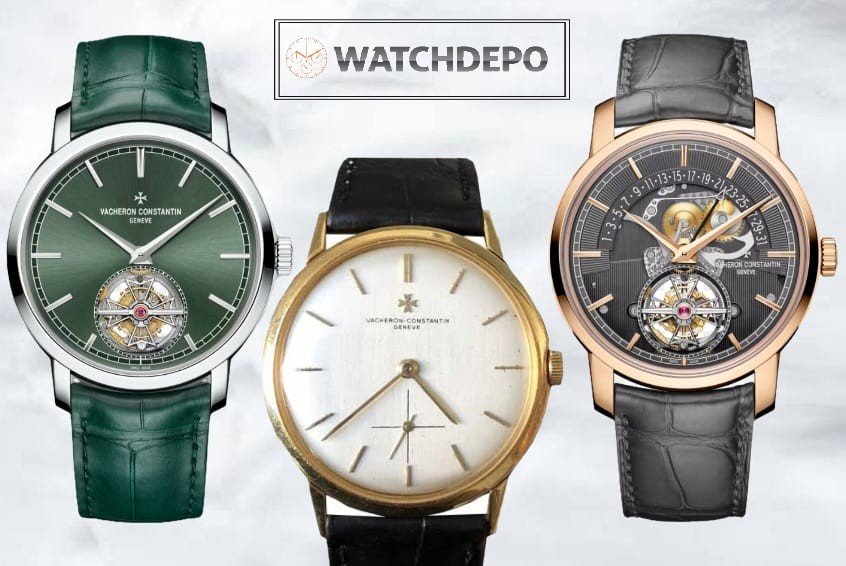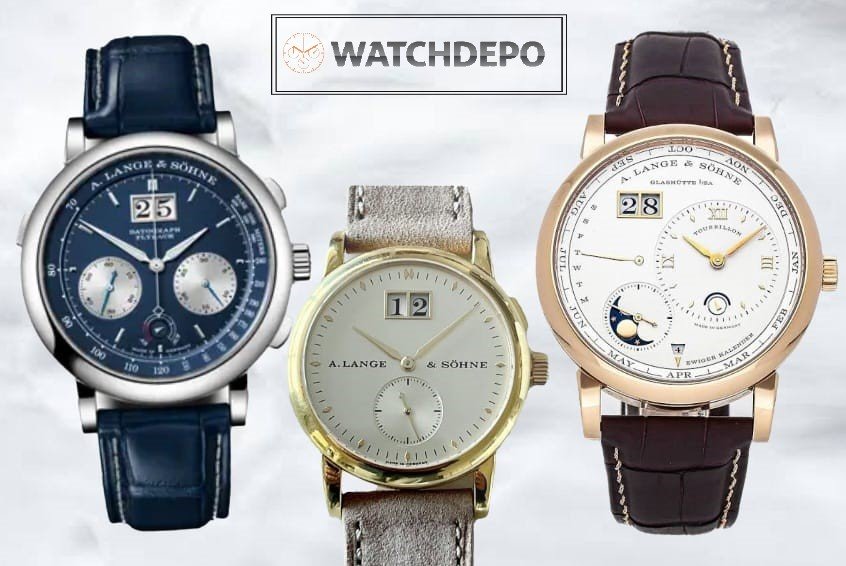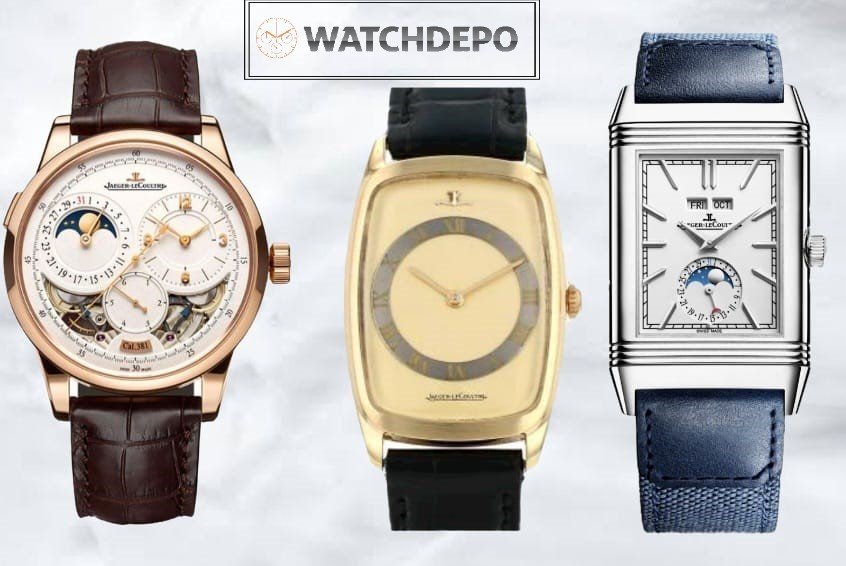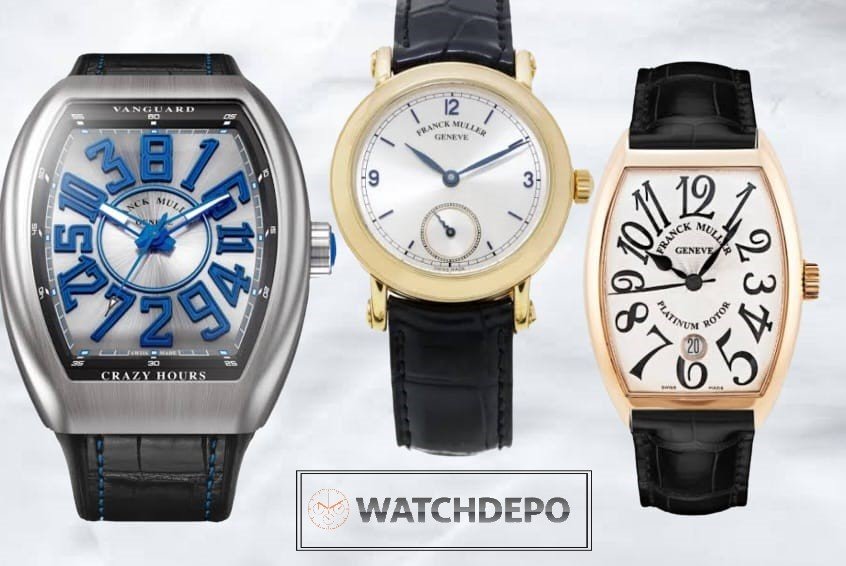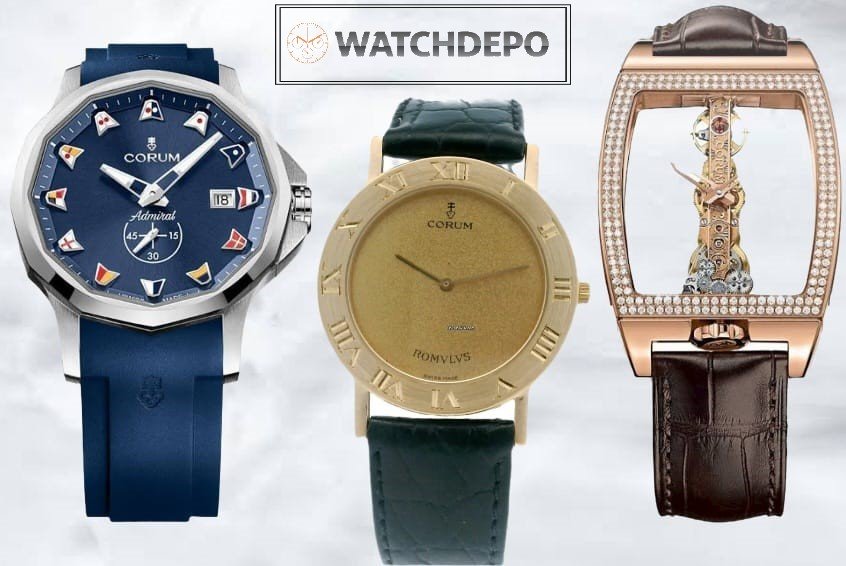Cartier: The Jeweler of Kings and Pioneer of Horological Elegance
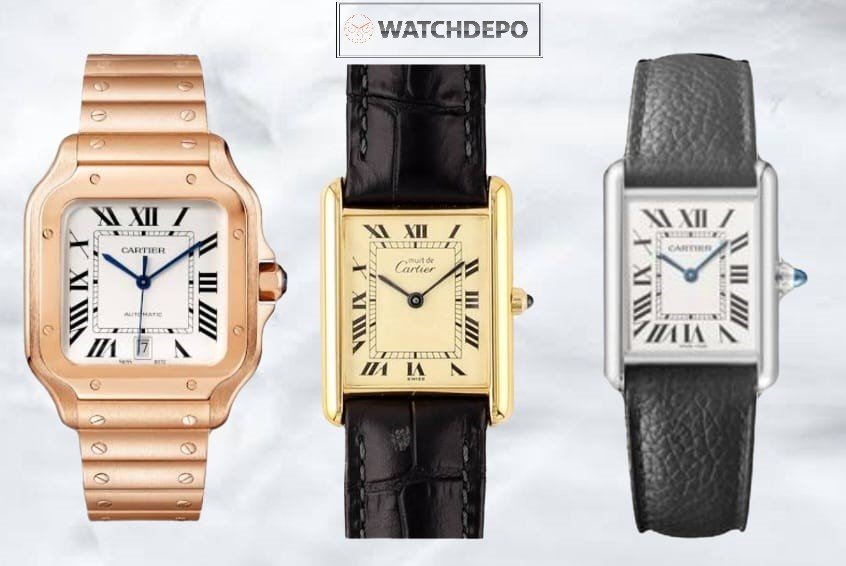
Cartier, a name synonymous with luxury and refinement, has been crafting exquisite watches since the early 20th century. Revered for its innovative designs and exceptional craftsmanship, Cartier revolutionized watchmaking by blending the artistry of fine jewelry with the precision of horology. Let’s explore the remarkable history of Cartier watches and how they have become timeless symbols of elegance and prestige.
The Early Years: Louis Cartier’s Vision (1847–1904)
Founded in 1847 by Louis-François Cartier in Paris, Cartier initially earned its fame as a jeweler. By the late 19th century, the brand was hailed as “the jeweler of kings and the king of jewelers,” serving European royalty and aristocracy. However, it was Louis Cartier, the founder’s grandson, who envisioned Cartier’s future in watchmaking.
The Birth of the Wristwatch: Santos de Cartier (1904)
The story of Cartier watches began with a friendship between Louis Cartier and Brazilian aviator Alberto Santos-Dumont. Santos-Dumont needed a practical timepiece that could be read without fumbling with a pocket watch mid-flight. In response, Louis Cartier created one of the world’s first wristwatches in 1904, the Santos de Cartier. Its distinctive square case and functional design set a new standard in horology, making wristwatches a fashionable accessory for men.
Timeless Icons: Tank, Pasha, and Ballon Bleu
Cartier continued to redefine watch design with its innovative creations:
The Cartier Tank (1917): Inspired by the silhouette of military tanks used during World War I, the Tank watch became a symbol of understated elegance. Its clean lines and rectangular case appealed to both men and women, making it one of Cartier’s most enduring designs.
The Pasha de Cartier (1985): With its bold, round case and water-resistant design, the Pasha catered to a modern audience seeking sporty yet sophisticated timepieces.
The Ballon Bleu (2007): Featuring a distinctive rounded case and a blue sapphire cabochon crown, the Ballon Bleu embodies Cartier’s ability to blend classic and contemporary aesthetics.

Masterpieces of Craftsmanship and Innovation
While known for its designs, Cartier also excelled in technical innovation. Collaborating with leading Swiss watchmakers, Cartier developed sophisticated complications, including tourbillons, perpetual calendars, and minute repeaters. In recent years, Cartier introduced its in-house movements, such as the 1904 MC and the Skeletonized Caliber, showcasing its commitment to both artistry and precision.
A Fusion of Jewelry and Horology
What sets Cartier apart is its ability to blur the lines between watchmaking and jewelry. With exquisite materials, diamond-encrusted cases, and intricate details, Cartier watches are as much a statement of style as they are feats of engineering. Collections like the Panthère and the Baignoire exemplify this unique fusion, appealing to those who value both elegance and innovation.
Cartier’s Enduring Legacy
From royalty and celebrities to discerning watch enthusiasts, Cartier has captivated generations with its timeless designs. The brand’s commitment to excellence, innovation, and artistry ensures that each Cartier watch is not just a timepiece but a legacy.
Conclusion: Cartier’s Eternal Allure
Cartier watches are more than instruments of time; they are works of art that tell stories of innovation, elegance, and history. Whether it’s the iconic Tank, the pioneering Santos, or the dazzling Panthère, each Cartier creation is a testament to the brand’s enduring spirit of refinement.
To wear a Cartier watch is to embrace a legacy of timeless sophistication—a celebration of craftsmanship that transcends time.


